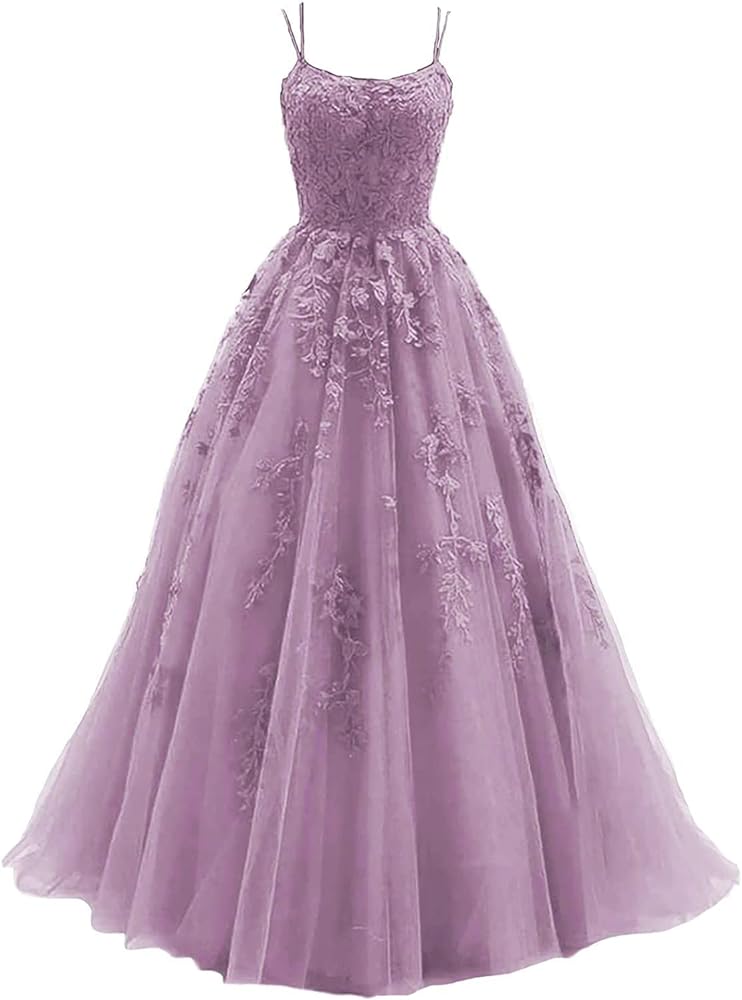I. Introduction

A. Significance of a purple prom dress and its impact on the overall prom experience:
A purple prom dress holds special significance for many individuals attending prom. It is a symbol of elegance, style, and individuality. The choice of color can express personality and create a memorable impression. Proper care and maintenance of the dress are crucial to enhance its beauty and ensure a memorable prom experience.
B. Importance of proper care and maintenance to preserve the dress’s beauty:
Proper care and maintenance of a purple prom dress are essential to preserve its beauty and keep it in pristine condition. By following the appropriate care guidelines, individuals can extend the life of their dress, retain its color and quality, and potentially pass it down to future generations.
II. Pre-Wearing Preparation
A. Sorting and inspecting the dress:
- Checking for any damages or loose threads: Before wearing the dress, thoroughly inspect it for any damages or loose threads. Pay attention to areas such as seams, zippers, and embellishments. Addressing minor issues before wearing can prevent further damage during the prom.
- Taking necessary steps to address minor issues: If any damages or loose threads are identified, take the time to fix them. Secure loose threads using a needle and thread or utilize fabric glue to mend minor damages. This will ensure the dress is in optimal condition for the prom.
B. Steaming or ironing:

- Determining the appropriate method for fabric and embellishments: Different fabrics and embellishments require different methods of wrinkle removal. Consulting the care label or seeking advice from professionals can help determine the safest and most effective method for steaming or ironing the dress.
- Guidelines for safely removing wrinkles or creases: When steaming or ironing the dress, use low to medium heat settings to avoid damaging delicate fabrics. Steam the dress from a safe distance, being cautious around embellishments. If ironing, place a protective cloth between the iron and the fabric to prevent direct heat exposure.
III. Wearing the Dress
A. Minimizing potential damages:
- Being mindful of jewelry and accessories that may snag or tear the fabric: Select jewelry and accessories that are gentle on the dress’s fabric to prevent snags or tears. Avoid sharp or rough-edged accessories that may catch on the delicate fabric.
- Taking cautious steps to avoid tripping or stepping on the dress: To prevent accidental damage, take small steps and be mindful of the dress’s length. Lift the skirt slightly while walking to ensure it doesn’t drag on the floor or get stepped on.
B. Addressing stains or spills in real-time:
- Acting promptly to prevent permanent discoloration: If a stain or spill occurs, act quickly to address it. Blot the stain gently with a clean cloth or paper towel to absorb the liquid without rubbing, which can spread the stain further. Avoid using colored or patterned napkins or tissues that may transfer color onto the dress.
-
Safe techniques for spot cleaning or treating common stains: For common stains such as food or drink spills, consult the care label or manufacturer’s guidelines for appropriate spot cleaning techniques. Use mild cleaning agents or specialized stain removers specifically designed for the fabric of the dress.
IV. Post-Event Cleaning and Storage
After attending a special event or occasion, such as a wedding or gala, it’s important to properly handle the cleaning and storage of your dress to maintain its condition. In this blog post, we will explore the steps involved in post-event cleaning and storage, including the evaluation of professional cleaning services and the considerations for proper dress storage.
A. Dry cleaning or professional cleaning services
- Evaluating the need for professional cleaning based on the fabric and care instructions
Before deciding whether professional cleaning is necessary for your dress, it’s crucial to evaluate the fabric type and the care instructions provided by the manufacturer. Some dresses may require special treatment due to delicate materials or intricate embellishments.
Start by examining the care label attached to your dress. If the label indicates “Dry Clean Only,” it’s a clear indication that professional cleaning is needed. However, even if the care instructions don’t explicitly mention dry cleaning, it’s still worth considering professional cleaning for certain fabrics like silk, lace, or velvet, which can be difficult to clean at home.

- Tips for selecting a reliable and trusted dry cleaning service
When entrusting your dress to a dry cleaning service, it’s essential to choose a reliable and trusted establishment to ensure that your garment receives the best care possible. Here are a few tips to consider when selecting a dry cleaning service:
a. Research and read reviews: Start by researching and reading online reviews of dry cleaning services in your area. Customer testimonials can provide valuable insights into the quality of service provided by different establishments.
b. Check for certifications: Look for dry cleaners who have certifications from professional organizations, such as the International Fabricare Institute or the Drycleaning & Laundry Institute. These certifications can be an indicator of their expertise and commitment to industry standards.
c. Inquire about experience with delicate fabrics: If your dress is made of a delicate fabric, ask the dry cleaner about their experience and expertise in handling such materials. Their knowledge and understanding of special care requirements will give you confidence in their ability to clean your garment safely.
d. Pricing and turnaround time: While cost shouldn’t be the sole determining factor, it’s essential to consider the pricing and turnaround time offered by different dry cleaners. Compare prices and inquire about any additional charges for specialty cleaning services.
B. Proper storage to maintain the dress’s condition

Once your dress has been professionally cleaned or appropriately cared for at home, it’s time to think about its storage. Proper storage techniques will help preserve the dress’s condition and extend its lifespan. Here are some considerations for dress storage:
- Removing any accessories or detachable parts before storage
Before storing your dress, make sure to remove any accessories or detachable parts that could potentially damage the fabric or lose their shape during storage. This includes belts, brooches, detachable sleeves, or any other additional elements that were part of your ensemble. Store these items separately to prevent them from snagging or tangling with the dress.
- Considerations for garment bags, hangers, and suitable storage environment
a. Garment bags: Invest in breathable garment bags made of fabric or acid-free materials to protect your dress from dust, moisture, and sunlight. Avoid using plastic garment bags as they can trap moisture and potentially damage delicate fabrics.
b. Hangers: Choose padded or wide-based hangers to support the weight of your dress and prevent distortion or stretching. Avoid wire or thin hangers, as they can leave marks on the fabric or cause it to lose its shape.
c. Suitable storage environment: Store your dress in a cool, dry, and dark place, away from direct sunlight or extreme temperatures. Avoid storing it in basements, attics, or other areas prone to humidity or temperature fluctuations.
Additionally, periodically check on your stored dress to ensure there are no signs of pests, mold, or damage. If you notice any issues, take immediate action to address them and prevent further damage.
By following these post-event cleaning and storage tips, you can ensure your dress remains in excellent condition and ready for future wear. Proper care and maintenance will help prolong its lifespan, allowing you to cherish the memories associated with it for years to come.

